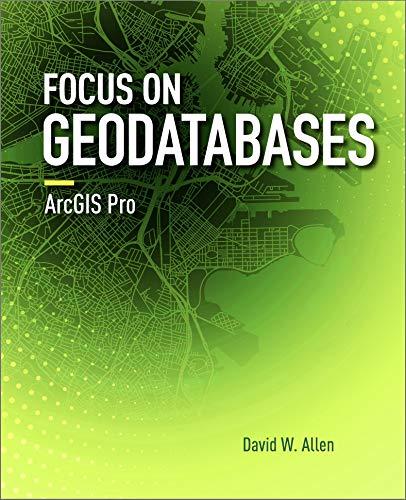Answered step by step
Verified Expert Solution
Question
1 Approved Answer
my code for part 1 function y=linterp(X,Y,x) w=[]; y=0; a1=0; a2=0; for i=1:length(X) w(i)=1; for j=1:length(X) if(i~=j) w(i)=w(i)/(X(j)-X(i)); end end a1=a1+w(i)*Y(i)/(x-X(i)); a2=a2+w(i)/(x-X(i)); end y=a1/a2; end

my code for part 1
function y=linterp(X,Y,x) w=[]; y=0; a1=0; a2=0; for i=1:length(X) w(i)=1; for j=1:length(X) if(i~=j) w(i)=w(i)/(X(j)-X(i)); end end a1=a1+w(i)*Y(i)/(x-X(i)); a2=a2+w(i)/(x-X(i)); end y=a1/a2; end
2. The MATLAB function poly inputs an array of numbers and outputs a polynomial (as a coefficient vector) whose roots are the input numbers. In other words, poly inputs r,... .Tn and outputs ao,ai,....an where Figure out an algorithm for this transformation, and write it in MATLAB as the function function p mypoly(X) You may not call poly within mypoly, and you may not use the Symbolic Math Toolbox (syms, etc.) Hint: Explicit expressions for a polynomial's coefficients in terms of its roots are given by Vieta's formulas. However, directly evaluating Vieta's formulas performs much more arithmetic than necessary_ roughly 2 operationsand is also somewhat complicated in Matlab. Try to discover a simpler algorithm that computes all coefficients at (roughly) the same time while 1p processing the first k roots you have found ao, a1,..., ak satisfying (roughly) n2 operations. The trick is that after and the (k +1)-th step is multiplying derive formulas for the (k+2) coefficients of this new polynomial in terms of ao, . akStep by Step Solution
There are 3 Steps involved in it
Step: 1

Get Instant Access to Expert-Tailored Solutions
See step-by-step solutions with expert insights and AI powered tools for academic success
Step: 2

Step: 3

Ace Your Homework with AI
Get the answers you need in no time with our AI-driven, step-by-step assistance
Get Started


